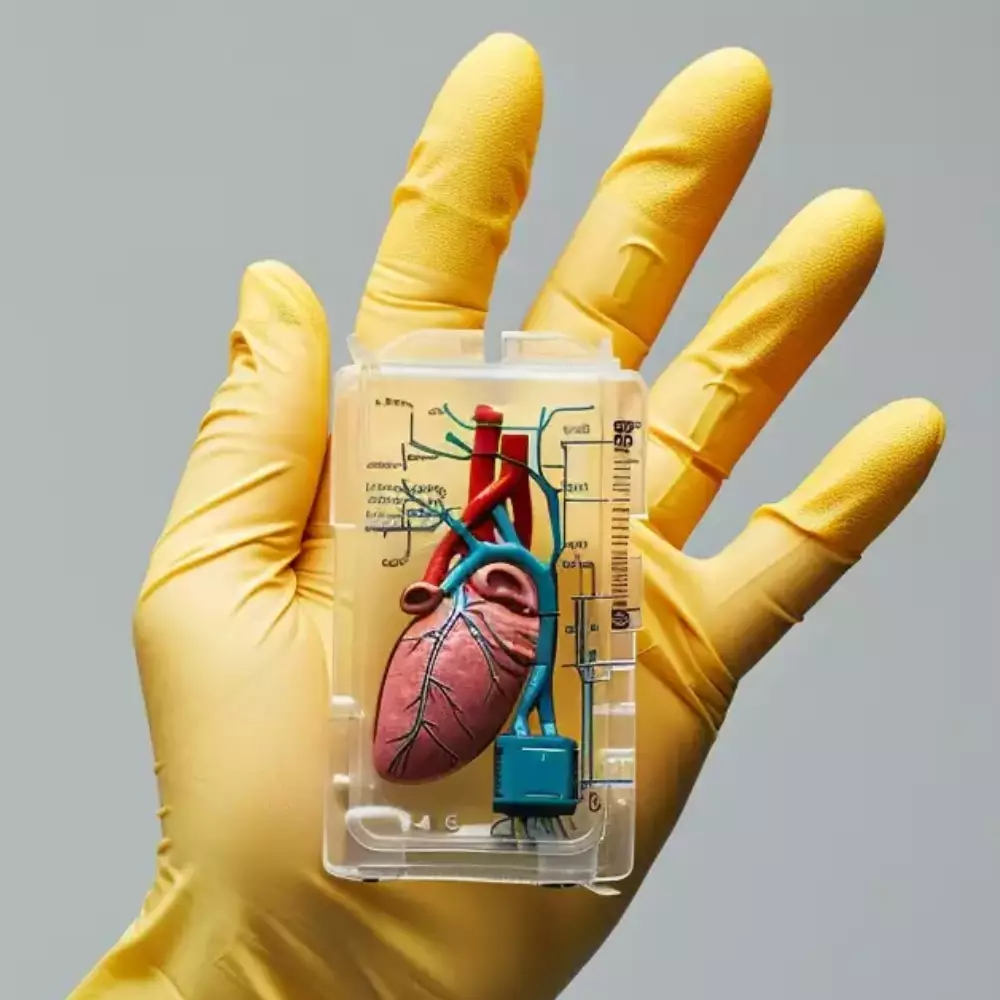Anaesthesia in a patient with ICD/PM
Review
Thanks to the constant advances in cardiology techniques, we now see patients with pacemakers and defibrillators more and more frequently, and we, as anaesthesiologists, need to be prepared for this. If it is an elective procedure, we can consult with a cardiologist or technician who will check the device, adjust its settings for the procedure and recommend the optimal course of action. Often, however, we encounter a patient indicated for an acute procedure where we have only minimal information about the device, and it is up to us to find the crucial facts to ensure a safe surgical procedure. The authors of this algorithm have reflected both of these facts and offer us a practical approach to how to approach the pacemaker/defibrillator patient in everyday practice. In addition to preparing the patient for elective and acute procedures, they address the management of complications that have already occurred and recommend measures to prevent them. The authors do not omit modifications of the prone position procedure. This algorithm is an excellent tool for any anesthesiologist wanting to refresh himself on the proper procedure for caring for these patients, whether on duty at 3 a.m. or in preparation for the certification exam.
Sources
JACOB, Sony, Sidakpal S. PANAICH, Rahul MAHESHWARI et al., Clinical applications of magnets on cardiac rhythm management devices. EP Europace. 2011, roč. 13, č. 9, s. 1222–1230.
Learning targets
2. The student lists key anamnestic data and information about IED in preoperative preparation and pre-anesthetic evaluation.
3. The student knows the most common perioperative complications associated with IED and knows their management.
Key points
2. If electrocautery is necessary, we preferably choose the bipolar variant.
3. When using external stimulation electrodes, they should be placed at a sufficient distance from the IED.
Related algorithms
External links





